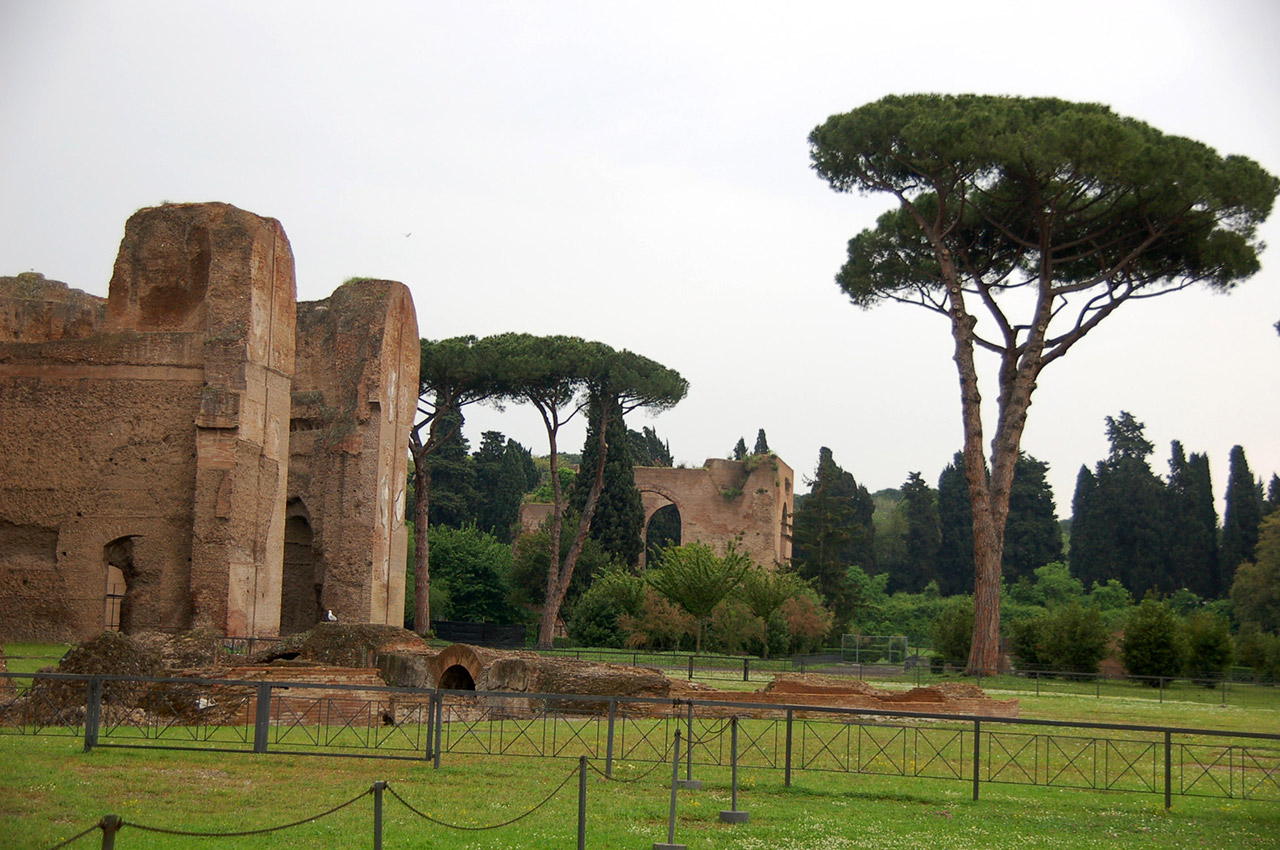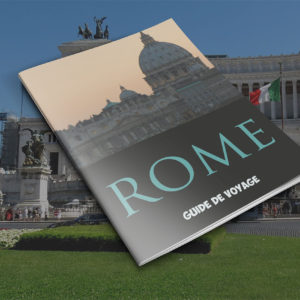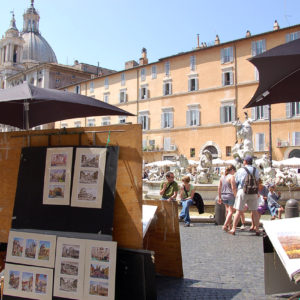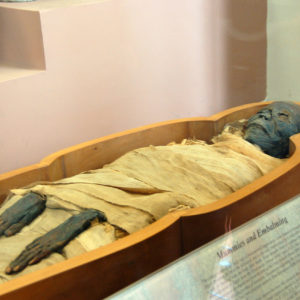4 March 2017
With its heritage, its mild and sunny climate, Rome attracts millions of travelers every year. Rome, a city that has long dominated the “civilized world”, contains a thousand and one testimonies of its very rich past. Download our French guide to Rome in PDF!



